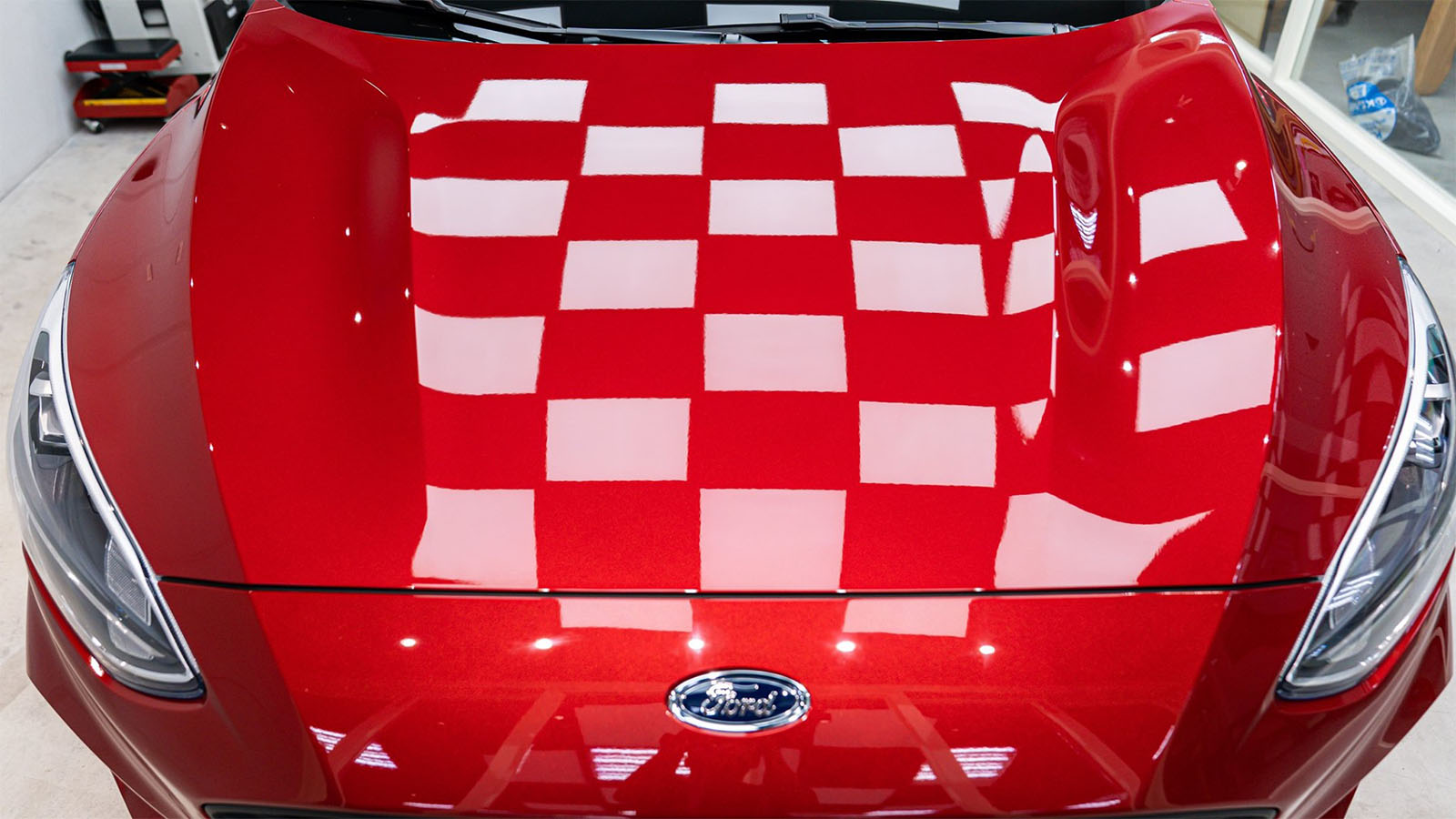Transform Your Automobile with Expert Ceramic Coatings San Jose
Transform Your Automobile with Expert Ceramic Coatings San Jose
Blog Article
Revealing the Scientific Research Behind Ceramic Coatings: Just How Does It Work and Why Is It Above Conventional Choices?
Ceramic coverings have actually been gaining appeal in different industries for their extraordinary efficiency and toughness. Understanding exactly how ceramic coverings job and why they outperform standard alternatives is crucial for those looking for to boost the durability and strength of their materials.
The Chemistry of Ceramic Coatings
In recognizing ceramic coverings, diving right into the complex chemistry behind their make-up is vital for comprehending their functionality and longevity. Ceramic finishes are primarily composed of silicon dioxide (SiO2), which develops a solid and protective layer when related to various surface areas. This chemical structure provides outstanding resistance to warmth, chemicals, and deterioration, making ceramic finishings highly looked for after for a broad variety of applications.
The chemistry behind ceramic coatings involves the formation of covalent bonds between silicon and oxygen atoms, developing an inflexible network that boosts the finish's toughness and resilience. Additionally, the existence of other aspects such as titanium, light weight aluminum, and zirconium further enhances the covering's residential properties, providing boosted firmness and bond to surfaces.
Recognizing the chemical structure of ceramic finishings enables the modification of solutions to fit details needs, whether it be for automobile, commercial, or residential purposes. By using the power of chemistry, ceramic layers proceed to lead the way for exceptional defense and performance in various markets.
Benefits of Ceramic Coatings

As a result, ceramic layers make cleaning and keeping surface areas much simpler and much less lengthy. Generally, the wide variety of benefits offered by ceramic finishings make them a remarkable option contrasted to conventional layer techniques.
Just How Ceramic Coatings Bond
Ceramic layers bond to surface areas with a procedure that entails molecular attachment and chemical interactions. When a ceramic layer is used to a surface area, it develops a solid bond by chemically adhering to the surface area at a molecular degree.
Moreover, the chemical interactions in between the ceramic finishing and the surface area further improve the bond. ceramic coatings san jose. These interactions permit the ceramic layer to create a constant and smooth layer externally, giving outstanding protection and longevity. Unlike conventional finishes that might rest on the surface without completely bonding, ceramic layers produce a permanent bond that is immune to chemicals, UV rays, and extreme environmental conditions

Basically, the bonding system of ceramic layers makes certain a efficient and lasting safety layer that outshines conventional finish options. This remarkable bond contributes to the durability, scratch resistance, and durability of ceramic layers, making them a preferred choice for numerous applications.
Toughness of Ceramic Coatings
The phenomenal longevity of ceramic layers originates from their durable molecular adhesion and chemical communications with surfaces, making sure a durable protective layer that surpasses traditional layer alternatives. As soon as applied, ceramic coverings develop a solid bond with Read More Here the substrate, developing a resilient barrier versus different ecological stressors such as UV radiation, chemicals, and abrasions. This bond is so safe that it can withstand the rigors of daily use without weakening or degrading swiftly.
Unlike standard coverings that might break down over time, ceramic finishings maintain their stability for an extensive duration, giving lasting security for the underlying surface area. Overall, the outstanding toughness of ceramic coatings makes them a superior choice for securing a wide range of surface areas in various applications.
Ceramic Coatings Vs. Traditional Alternatives
In comparison to traditional finishing methods, ceramic coatings use a distinctive blend of resilience and safety abilities that establish them apart in different surface area security applications. Traditional options such as wax or sealers provide a temporary layer of protection that can subside quickly, requiring regular reapplication. On the other hand, ceramic coatings develop a solid bond with the surface, creating a irreversible or semi-permanent obstacle that is very immune to abrasion, chemicals, UV rays, and severe temperature levels.
Furthermore, ceramic finishes use premium hydrophobic homes contrasted to conventional layers. The hydrophobic nature of ceramic coatings causes water to bead up and roll off the surface area, carrying dirt and contaminants with it. This self-cleaning result helps to keep the surface's tidiness and gloss for prolonged durations, decreasing the demand for regular upkeep.
Furthermore, ceramic finishings have a thicker layer compared to traditional alternatives, offering improved scratch resistance and defense versus minor effects. This sturdiness ensures long-lasting efficiency and aids maintain the visual allure of the dealt with surface area for a prolonged period.
Conclusion
To conclude, the scientific research behind ceramic coverings hinges on their chemical structure and bonding residential or commercial properties, making them exceptional to traditional alternatives. The advantages of ceramic coverings include raised sturdiness and protection for surfaces. By recognizing how ceramic coatings work and their advantages over typical alternatives, one can make enlightened decisions when thinking about finishing alternatives for various applications.
Unlike standard finishes that might sit on the surface area without totally bonding, ceramic finishes create a long-term bond that is immune to chemicals, UV rays, and extreme ecological conditions.
The outstanding long life of ceramic layers stems from their durable molecular bond and chemical interactions with surfaces, guaranteeing a durable safety layer that goes beyond conventional layer choices.Unlike traditional coverings that might break down over time, ceramic coatings preserve their stability for an extended duration, providing lasting security for the underlying surface.In contrast to standard coating techniques, ceramic finishes use a distinct blend of resilience and safety capabilities that establish them apart in numerous surface area security More hints applications. By understanding how ceramic coatings work and their advantages over traditional options, check it out one can make educated choices when taking into consideration covering options for various applications.
Report this page